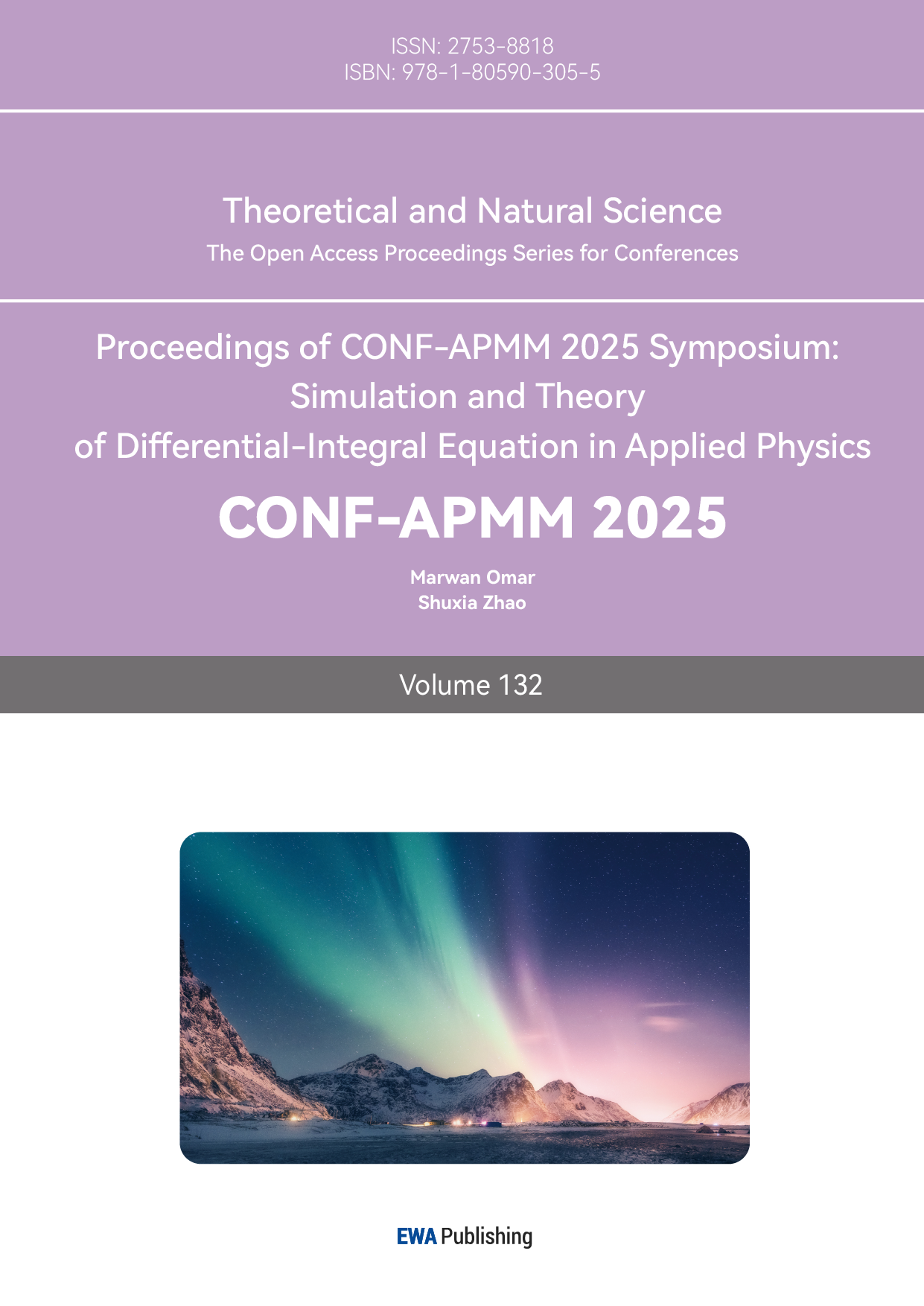References
[1]. Bagnardi, V., Rota, M., Botteri, E., & Scotti, L. (2011). Alcohol Consumption and Cancer Risk. Nutrition and Cancer, 63(7), 983-990.
[2]. Courtney, K. E., & Polich, J. (2009). Binge drinking in young adults. Psychological Bulletin, 135(1), 142-156.
[3]. Demers, A., Kairouz, S., Adlaf, E. M., Gliksman, L., Newton-Taylor, B., & Marchand, A. (2002). Multilevel analysis of situational drinking among Canadian undergraduates. Social Science & Medicine, 55(3), 415–424.
[4]. Dick, D. M., Barr P., Guy, M., & Nasim, A. (2019). Unpacking genetic risk pathways for college student alcohol consumption: The mediating role of impulsivity. Addiction Biology, 24(3), 501-512.
[5]. Li, J., Wang, P., & Zhang, J. (2021). Modeling health behavior transitions with Markov chains: A systematic review. Health Psychology Review, 15(2), 222–242.
[6]. Wolaver, A. M. (2002). Effects of heavy drinking in college on study effort, grade point average, and major choice. Contemporary Economic Policy, 20(4), 415–428.
[7]. Young, A. M., Morales, M., McCabe, S. E., Boyd, C. J., & D'Arcy, H. (2005). Drinking like a guy: Frequent binge drinking among undergraduate women. Substance Use & Misuse, 40(2), 241–267.
[8]. Zeigler, D. W., Wang, C. C., Yoast, R. A., Dickinson, B. D., McCaffree, M. A., Robinowitz, C. B., & Sterling, M. L. (2005). The neurocognitive effects of alcohol on adolescents and college students. Preventive Medicine, 40(1), 23–32.



